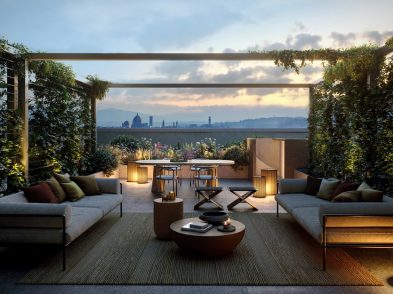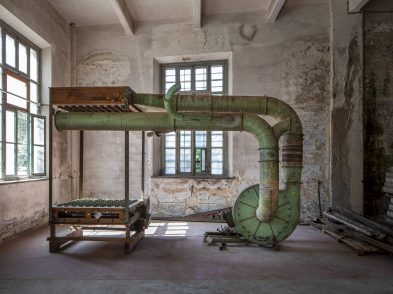Bagno a Ripoli, Dicomano, Figline Valdarno, Incisa in Valdarno, Londa, Pelago, Pontassieve, Reggello, Rignano sull’Arno, Rufina and San Godenzo: these are some of the towns of the Levante Fiorentino, eastern Florence, the heart of Tuscany.
The Levante Fiorentino area, just a few miles from Florence, is rich in history, art and nature. The roads that criss-cross the region and wind through the many towns skirt Etruscan tombs, Romanesque churches, mediaeval castles, sixteenth-century villas, enchanting abbeys and museums filled with sacred art.
Breathtaking natural treasures beckon: the Casentinesi Forest National Park, Monte Falterona and Campigna, Vallombrosa with the Riserva Biogenetica and the Arboreto.
The region is wine country. Chianti Rufina DOCG and Pomino DOC are its best-known wines, but the area is also home to Chianti dei Colli Fiorentini, a wine produced in one of the oldest areas of Chianti. Levante Fiorentino is also olive oil country. Bagno a Ripoli and Reggello produce excellent extra-virgin olive oil. Both the wine and olive oil are a perfect match to the local fruit, legumes, cured meats, cheese, saffron, poultry and beef cultivated in the area.
Wander Levante Fiorentino and you will find artists and artisans working in a variety of crafts long known as specialties to the region: wrought iron and stone work, frescoes, mosaics, scagliola, ceramics, and restoration of period furniture.
To help you discover the heart of Tuscany, we suggest four day-long itineraries, meanderings that combine history and art with nature, wine and food. Enjoy!
Itinerary One:
Visit the Benedictine Abbey of San Godenzo. Founded in 1029 by the Bishop of Fiesole, Jacopo il Bavaro, the abbey passed into the hands of the Guidi counts of Casentino during the thirteenth and fourteenth centuries. The present building boasts a Romanesque basilica layout and houses works attributed to Bernardo Daddi and Franciabigio.
Lunch at the Enoteca del Chianti Rùfina e Pomino in the Villa di Poggio Reale in Rùfina.
Take a guided tour of the Villa of Poggio Reale. Designed in the late sixteenth-century on a model by Michelangelo, the villa houses the Museo della vite e del vino (Wine and Grapevine Museum).
Itinerary Two:
Go to the olive mill of the Santa Tea agricultural estate and enjoy a tasting of extra-virgin olive oil.
Visit the Abbey of Vallombrosa, founded by San Giovanni Gualberto in the second half of the eleventh century. The abbey’s austere facade faces a seventeenth-century church designed by Gherardo Silvani.
Take a guided tour of the Vallombrosa arboretum.
Stop at the Romanesque church of San Pietro a Cascia, which houses the San Giovenale Triptych, the first known work by Masaccio. The church is next to the Museo Masaccio d’Arte Sacra.
Itinerary Three:
Visit the Trebbio castle. A notable example of a thirteenth-century fortified structure, it was extensively remodelled in the fifteenth century by the Pazzi family. Follow your visit by a tasting of traditional products from the agricultural estate of the castle.
See the archaeological excavations of Frascole (near Dicomano), including the ruins of an Etruscan wall, wich dated to IV-II century BC.
Take in Londa Lake, a delightful oasis within a lush landscape.
Itinerary Four:
Visit the panoramic Sanctuary of the Madonna delle Grazie al Sasso, on the slopes of Monte Giovi. The sanctuary, rebuilt in the seventeenth century, has fifteenth-century origins.
Stroll trough the picturesque village of Pelago. The ancient hamlet perched on a mountaintop overlooking the Vicano stream once belonged to the Guidi counts. Particularly interesting is Piazza Ghiberti, bordered with sixteenth- and seventeenth- century houses and porticoed mansions, the parish church of San Clemente and the Museo d’arte sacra.
Enjoy a traditional lunch at the Fattoria di Lavacchio agricultural estate, followed by a visit of the estate with its impressive cellars and the perfectly restored and operational Monterifrassine windmill.
Getting there:
Terre del Levante Fiorentino
Piazza S. Francesco D’Assisi, 16
50063 Figline Valdarno, Firenze
Tel. +39.055.9153879
Fax. +39.055.9155054







